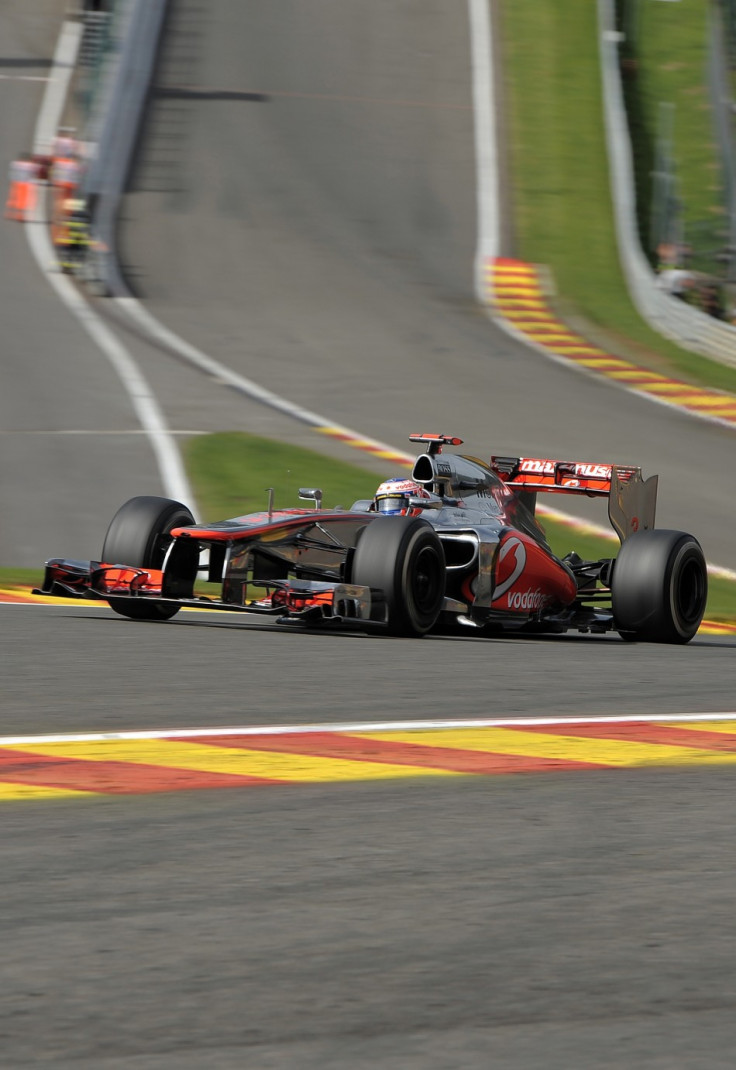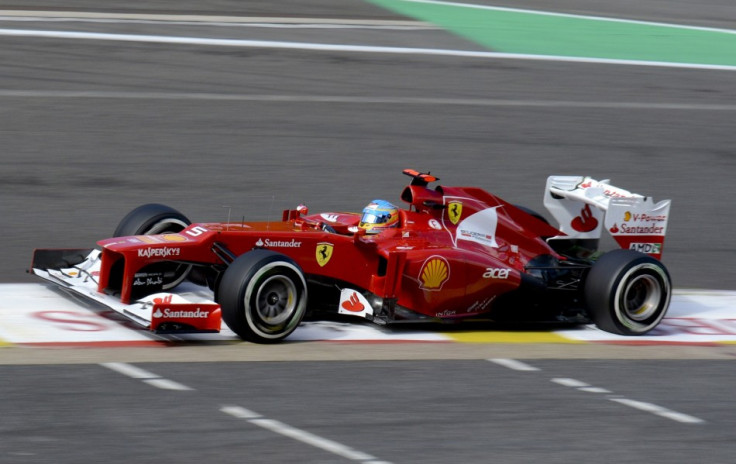F1 Italian Grand Prix 2012: Technical Preview, Tyre Choices and Flying Lap of Monza
If you were hoping for some respite after the drama of the Formula 1 Belgian Grand Prix, you may be a trifle unlucky. The 2012 Formula 1 World Championship moves southwards to Italy and from one historic track in the Spa-Francorchamps, travels to one even more steeped in motor racing legends - the Autodromo Nazionale di Monza.
The ultra-fast spiritual home of motor racing in Italy... the backyard of the fanatical Tifosi (the legions of adoring Ferrari fans across the world)... and the scene of more dramatic races than almost any other track in the history of the sport... Welcome to Italy.

"When I think of Monza, I immediately see everything through a red veil. It is the beating racing heart of Italy, everything there lives and breathes Ferrari, and I must inevitably think of the good times I spent there," seven time world champion Michael Schumacher explained. The German is probably best-placed to speak of fanatical Ferrari fans, having driven for the marquee outfit and taken a stunning five World Championships with them.
The Track: Monza is (always has been and always will be) one of the fastest circuits in the calendar. Taken to an extreme, you would not be entirely wrong in describing the 5.793km track as one long straight broken by a handful of sharp and slow corners. In fact, like Spa, some of these corners are actually faster than they look.
The highlight of the track is not, as you might expect, the start-finish straight... although that is the point the cars are fastest. Flat-out, a Formula 1 car will touch 340km/h going into the Variante del Rettifilo - the opening chicane, a tight right-left combination that has all the potential to create as much first lap chaos as La Source did at Spa. The highlight, instead, comes at the end of the full lap - the Curva Parabolica.
Just as with Spa and Eau Rouge and Blanchimont, this long right-hander that takes you onto the start-finish straight is critical to a good lap time because it governs the speed with which you can get on the power. If you miss your line through the tight and early apex, you'll end up running wide on the long exit and unable to accelerate down into del Rettifilo.
[Video: YouTube/F1PaddockClub]
Once past Parabolica and through the opening chicane, the track opens into the Curva Biassono, another right-hander that allows you to build up speed as you head into the second of Monza's infamous chicanes - the Variante Della Roggia. Coming out of Rettifilo, you're in first gear and doing about 75km/h. You build up speed, going through the gears up to seventh and 330km/h as you brake for Della Roggia. You come out in second gear, at 130km/h and there is a shot burst of speed up into the double right-hander Curva di Lesma, which tightens up as you go through it; Lesmo One in fourth gear and Lesmo Two in third.
Once again, as with Parabolica, the line through Lesmo Two is critical because it governs speed through the back straight and into what is probably the most under-rated corner in Formula 1 - the Variante Ascari - a fast, sweeping left-right pseudo-chicane, taken at 200+ km/h. Your exit from the Ascari chicane, again, is critical because it builds up to Parabolica and you should be doing 330km/h as you approach the final turn of the lap.
Lap Record: R. Barrichello (2004; Ferrari) - 1:21.046s
Car Set-Up:
If we've learnt anything from the flying lap of Monza, it is that the circuit demands three distinct features from potential race-winning cars - top speed, stability under braking and traction coming out of corners.

Cars will routinely cross 300km/h through the lap and spend as much as 75 to 80 percent of every lap on full throttle (which automatically also emphasises mechanical reliability) but also be forced into braking from those top speeds into tight and slow corners (the Rettifilo and Della Roggia). The latter two will expose weakness in braking or the stability of the car as it goes over the kerbs. And finally, traction will be critical in coming out of corners like the Curva di Lesmo, the Ascari and, of course, Parabolica.
"Monza is a circuit that demands very diverse strengths from the technical package - high straightline speeds through low levels of drag and downforce, with the cars exceeding 300 kph on four separate occasions, and a good mechanical base for braking stability into the chicanes and corners," Norbert Haug, Mercedes Motorsport's vice president explains, adding, "and good traction exiting them. Monza is also well known as an engine circuit thanks to its high-speed layout, with over 80 per cent of the lap distance spent at full throttle."
Tyres:
Raw speed aside, the role the Pirelli tyres will play ought not to be overlooked. For one thing, the high speeds and intense braking they will be subject to means they will be under severe pressure and questions of increased tyre wear must be addressed. In addition, the surface at Monza is not the smoothest on the calendar. Pirelli, for whom this will be a home race, has brought two of its hardest compounds to the track for this event - P Zero Silver (hard) and P Zero White (medium).

"Monza is one of the most demanding circuits that we visit all year due to the high speed and significant lateral loads on the tyres. Ambient temperatures can be very high in Italy, which places further demands on the tyres, so we would normally expect two pit stops," Paul Hembery, Pirelli's motorsports director, explained on the company's official Web site.
Stay tuned to IBTimes UK, as we bring you previews and details of the 2012 Formula 1 Italian Grand Prix, including information on race sessions and where to watch qualifying and race live!
© Copyright IBTimes 2025. All rights reserved.




















